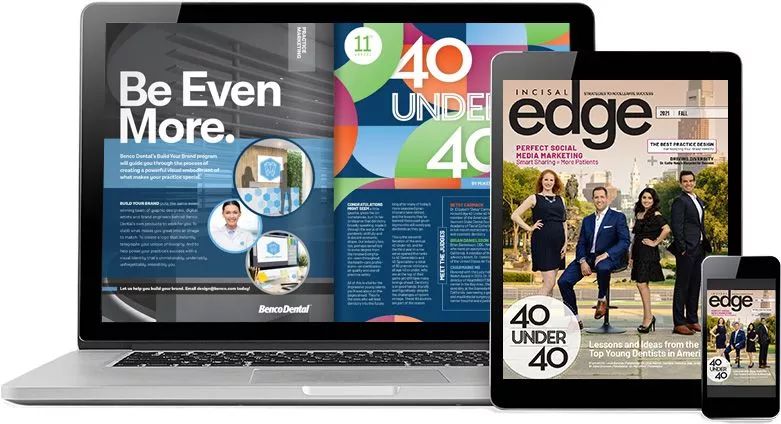The landscape of public and private research funds is complex and nuanced. Here’s how institutions, people and companies are navigating it—and where dentistry benefits.
By Jamie Luke
 IN 1948, PRESIDENT Harry Truman led an American military that turned away large numbers of otherwise eligible recruits—on account of their dental health. As a result, he established dental research as a national security priority and signed the National Dental Research Act into law that June. With that, the National Institute of Dental and Craniofacial Research (NIDCR) was born: Created as the dental institute under the umbrella of the NIH, it was from the start imbued with a mission “to improve dental, oral and craniofacial health through research and research training, and by promoting the timely transfer of knowledge gained from research to the public.”
IN 1948, PRESIDENT Harry Truman led an American military that turned away large numbers of otherwise eligible recruits—on account of their dental health. As a result, he established dental research as a national security priority and signed the National Dental Research Act into law that June. With that, the National Institute of Dental and Craniofacial Research (NIDCR) was born: Created as the dental institute under the umbrella of the NIH, it was from the start imbued with a mission “to improve dental, oral and craniofacial health through research and research training, and by promoting the timely transfer of knowledge gained from research to the public.”
Ever since, innovations such as water fluoridation have come through the NIDCR pipeline, evolving from hypothesis to scientific research to commerce as science has laid the path for private industry to build upon. This confluence of government and private industry satisfies two distinct motivations: profit on one hand, pure knowledge on the other. Yet it’s hardly only one side feeding the other. Private companies, particularly in science and health care, invest huge sums of their own in research, holding innovation as a core value. So exactly how much government funding are we talking about when it comes to dentistry, and how do the results fuel better health (while also potentially delivering economic benefits like entrepreneurial success and job creation)? Here’s how it works, from idea to research to patent, development and use in dentists’ offices… and our own teeth.
FROM THE RESEARCH PHASE…
Every year, the NIDCR appropriates some $500 million to dental R&D, according to the agency’s website. Thirty percent stays intramural, within the NIDCR campus in Bethesda, Maryland: across stem cells, salivary gland biology, immunology and inflammation, pain and skeletal/mechanobiology. The other 70 percent is extramural, or goes to universities for research; of that 70 percent, 60 percent (thus 42 percent of total funding) goes to dental schools.
In general, the academic institutions aren’t expecting a payoff on that money, they are expecting to prime the pump of the development-slash-entrepreneurial step.”
—dr. EDWARD ROSSOMANDO
In order to be accredited, every dental school in the U.S. must offer the potential for students and residents to engage in scholarly activity—revealing the existential stakes involved in competing for these research dollars. According to the Commission on Dental Accreditation’s Standards for Advanced Dental Education Programs in Oral and Maxillofacial Pathology: “Advanced dental education students/residents should have the opportunity to assume the role of primary investigator in a clinical or laboratory research activity. They should develop a research protocol, review necessary literature, develop the experimental methodology, organize and interpret the results.”
In other words: The quest for greater understanding of dentistry drives important and exciting advances in dental research and development at the university and dental school level. Another motivation: If an institution isn’t producing research, it loses its accreditation.
As for those who do conduct research, institutions that produce receive the most NIDCR funds, according to Dr. Edward Rossomando, founder and president of the Center for Research & Education in Technology (CRET) and professor emeritus at the University of Connecticut School of Dental Medicine. (He’s also a member of Incisal Edge’s Innovators Hall of Fame, having been inducted in 2022.) Specifically, institutions staffed and structured to write and deliver a large volume of research projects receive a high portion of government investment—which makes sense. Effectively, to be able to execute on a research project, a certain level of facility, staffing and other resources is necessary. The ability to deliver on these details is crucial to the NIDCR.
Money is channeled to these institutions through individual research scientist grant applications from the NIDCR. As for the scientists winning those grants, the NIDCR has taken great measures to ensure that opportunities are equitable and inclusive, with grant dollars posted on the NIDCR website for the widest possible reach. Additionally, according to Dr. Christopher Fox, CEO of the International Association for Dental Research, NIDCR’s annual meeting is open to scientists interested in chatting with program officers wherever they are positioned in the grant cycle. Finally, the NIDCR annually publishes a list of future research initiatives that represent a significant yet relatively neglected area of science. This doesn’t necessarily lead to a program announcement, request for applications or request for proposals, but it does point to subjects in which interest may be growing.
Additionally, NIDCR’s Mind the Future Program helps educate young investigators wanting to author a great proposal. This helps address diversity (or lack thereof) in the ranks of science professionals, encouraging a diverse pipeline of researchers, Dr. Fox says.
The goal of research at this publicly funded point is pure didactic knowledge. “In general, the academic institutions aren’t expecting a payoff on that money,” Dr. Rossomando says. “They are expecting to prime the pump of the development-slash-entrepreneurial step.”
The distance between the pump-priming step of knowledge for knowledge’s sake and actual product development based on that knowledge can be substantial. A salient example: Robert Malone’s 1987 research, in which he mixed strands of messenger RNA with droplets of fat in a way that human cells could absorb it. He made this discovery at the Salk Institute for Biological Studies in La Jolla, California. It inspired more research—and in fact, research as far back as 1978 had achieved similar results. However, commercialization did not come until 2020, with the emergence of several federally approved Covid-19 vaccines, which effectively benefited from those four decades of research by Malone and other scientists, discovering and innovating how mRNA can be absorbed and used beneficially by other living bodies.
Aside from public money, private companies also sponsor research, with disclosures to reveal where funding comes from. “Dental schools may be conducting research that isn’t government-funded but is industry-funded, using dental faculty in those types of studies,” Dr. Fox explains. He cites companies including 3M, Colgate Palmolive and Procter & Gamble as those that invest heavily in research.
With private funding, how the initial research agenda is shaped is of utmost importance. According to a 2018 study published in The American Journal of Public Health, it is important to carefully craft “the initial step in conducting research, during which the research questions are chosen and framed [given that] industry tended to prioritize lines of inquiry that focused on products or activities that can be commercialized.” The study spanned 36 studies sponsored by corporations.
. . . TO THE DEVELOPMENT PHASE . . .
Corporate participation in the search for knowledge is important because “the majority of advances in dentistry are not funded by taxpayers,” Dr. Rossomando says. “They’re funded by the private sector.”
He’s speaking about advances not in the research phase, but at the “widget” level: actual products that emerge to change people’s lives through their visits to a dental office. In other words, if the academic scientific research reveals a commercial application—a material, tool, technology (or vaccine, in the case of mRNA research) that could become a marketable product—all work moving forward goes toward developing the idea for commercial application. Funding then comes in from private sources.
To bridge the gap between research and privately funded applied development, the more commercially oriented dental schools have, beyond the classroom, an entrepreneurial arm to help faculty members holding what they think may be a patentable idea that could lead to entrepreneurship, Dr. Rossomando says. Within universities, scientists conducting research funded by public dollars own the intellectual property that emerges from that research. (This is different at the privately funded development phase.)
“The university can help faculty members find private dollars or seed capital for development,” he adds. Out of this comes the authoring of a patent application. “Now the university says, ‘Let’s see if we can find you some money.’ ” This is where angel investors come in. “The university can help you find a seed company.”
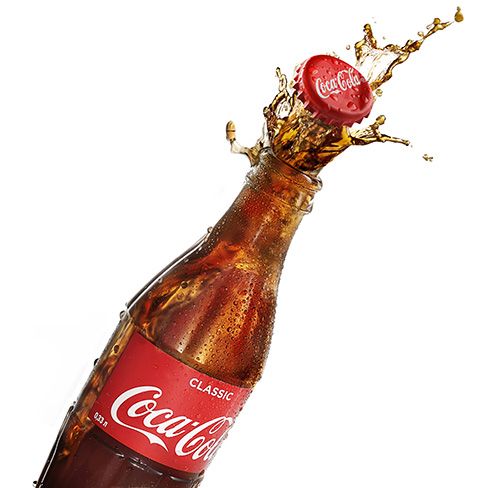
That doesn’t necessarily mean that the only sign of a successful research project is immediate capitalization and commercialization, Dr. Fox says. In other words, just because the researchers or private industry don’t see immediately where the research will take them, it doesn’t mean it shouldn’t be funded.
This points to the business of ideas, executed. According to Dr. Rossomando, by law, if you as a scientist working on a project for a private firm find something of interest, that firm owns the intellectual property, as long as it can protect it. At that point, the company may choose to patent it and profit from the patent executions (like the technology for a caries-resistant composite material, a patent owned by DenMat) or keep it as a trade secret (like the recipe for Coca-Cola).
The face of research may start looking different as we’re getting research closer to practice. Less will be coming from the ivory tower, and more from clinicians.”
—Dr. Christopher Fox
. . . TO HOW THE PATIENT BENEFITS
Some $160 billion is spent on dental care annually across America, according to the American Dental Association. And the technologies that help advance dentistry and prevent disease—from fluoride toothpaste to intraoral cameras to 3D imaging—are all rooted in this process that, although imperfect, successfully combines taxpayer and private industry dollars.
Moving forward, we likely will see four new technologies at the forefront of change, predicts HealthTech magazine: artificial intelligence, 3D printing, teledentistry and virtual reality.
However, there are more populations who could benefit from this research-and-development continuum. “Twenty percent of the population has 80 percent of the disease,” says Dr. Sheila Riggs, chair of the Department of Primary Dental Care at the University of Minnesota. (She also serves on the board of directors at Benco Dental, the publisher of Incisal Edge.) This is especially poignant in the pandemic era, when access to a computer screen can mean access to a dentist for many.
As the industry casts an eye on distribution of advanced dental practices and technology, “The face of research may start looking different as we’re getting research closer to practice,” Dr. Fox notes. “Less will be coming from the ivory tower, and more from clinicians.”
As an example, he points out NIDCR-funded research at the University of Alabama at Birmingham by Dr. Gregg Gilbert, a professor there, in which practice-based knowledge is being applied in the classroom. This exemplifies the movement toward funding that empowers dental schools to integrate clinics directly within their four walls. Patients can choose to participate in trials, and students are learning and practicing at the same time. Unlike medical schools, dental “students benefit from the didactic study of physiology, but also learn by seeing patients in their third or fourth year,” Dr. Fox says.
Leading that charge are two institutions: the National Dental Practice-Based Network, which is aligned with the NIDCR; and CRET, which is entirely privately funded by its member companies. CRET describes itself as occupying “the space between the educators and the manufacturers, developing programs to promote the transfer of innovation technologies and products from the marketplace directly to dental students and faculty.” Toward that end, its members recently collaborated with dental faculty to open technology centers at Loma Linda Dental School near Los Angeles and the University of Missouri–Kansas City Dental School, with equipment and products provided by member companies.
The National Dental Practice-Based Network, on the other hand, focuses on practicality embedded within the research: “Essentially, it is research done about and in the ‘real world’ of daily clinical practice,” the organization states. Its aim is to improve upon what it sees as dental research that is “scientifically valid, statistically significant, but clinically useless.”
THE BOTTOM LINE

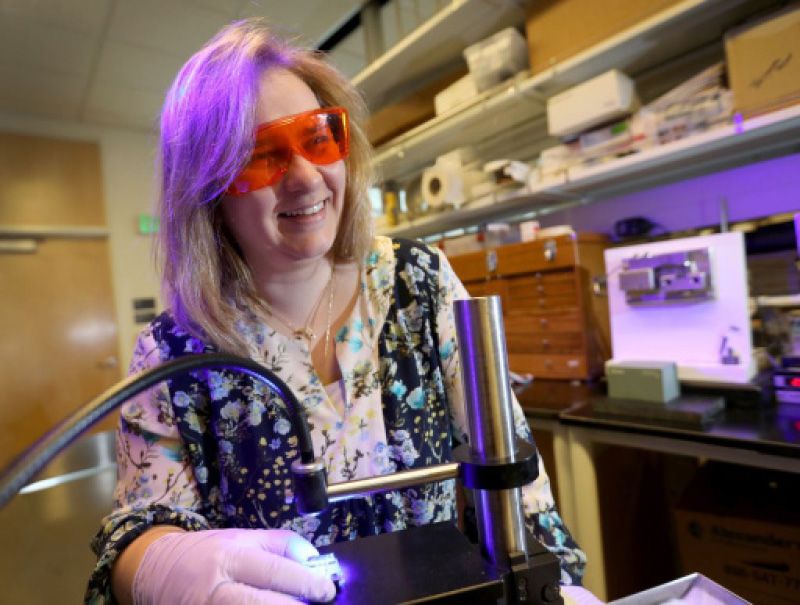
Grants and Grins: Dr. Carmem Pfeifer in her lab at Oregon Health & Science University
SCHOOL’S IN
The private sector is (often) where the big dental research bucks are. Still, plenty of academics doing vital work are perfectly happy—and amply remunerated—to keep their talents on campus.
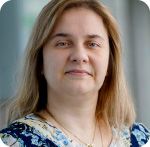
In the lab, Dr. Pfeifer and her team have focused on developing polymers with antimicrobial additives for filling materials, aiming to boost both their strength and their lifespan; they’re also now exploring the biological interactions of materials in the mouth—looking at how, for example, antimicrobials might inhibit pathogen growth.
Her research is rooted in dentistry, but it has great potential for many other devices, such as hip implants. “This award is translating what we’ve done for the dental realm into a broader biomedical avenue,” Dr. Pfeifer says.
She got her start in research as a dental student at the University of São Paulo in Brazil, when she landed an opportunity to work as a research assistant. It was a paid role and thus attractive, but it also sparked what would become a lifelong passion. “I had inspiring professors for dental materials, and they were very active in research,” she says. “I wanted to get involved, and I got hooked.”
She has contemplated moving into private-sector R&D—presumably a company like 3M, for instance, would jump at the chance to bring on someone with her bona fides—but says she has found her place in academia. Financing constraints are a big ivory tower challenge, but campus life offers her much greater freedom to pursue her interests without necessary regard to the cycle of quarterly profits.
About that financing: It’s tough, yes, but Dr. Pfeifer has a strong track record. Her worked is backed not only by the Silver Family award but also an eight-year, $7.4 million grant from the National Institutes of Health in 2019.
Mentoring the next generation of scientists is a pretty big deal, something everybody should be committed to.”
—dr. CARMEM PFEIFER
What lies ahead in the next half-decade or so? Smart materials and regenerative dentistry are two big areas to watch, Dr. Pfeifer advises: How do materials interact in the mouth? Could certain materials mimic nature to induce remineralization and pulp regeneration?
Dr. Pfeifer is hardly just chasing money and spending her days in the lab; she spends a significant amount of time with younger colleagues and students. “Mentoring the next generation of scientists is a pretty big deal, something everybody should be committed to,” she says. “It’s a way to pay it forward and keep the field going.” —Carrie Pallardy



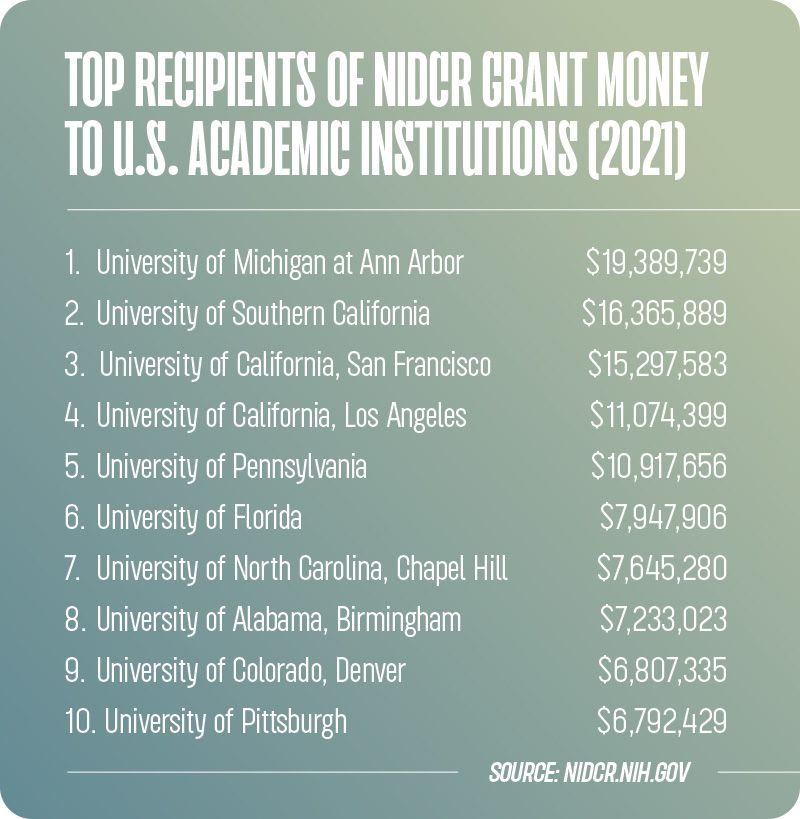

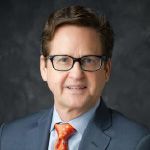 The face of research may start looking different as we’re getting research closer to practice. Less will be coming from the ivory tower, and more from clinicians.”
The face of research may start looking different as we’re getting research closer to practice. Less will be coming from the ivory tower, and more from clinicians.”